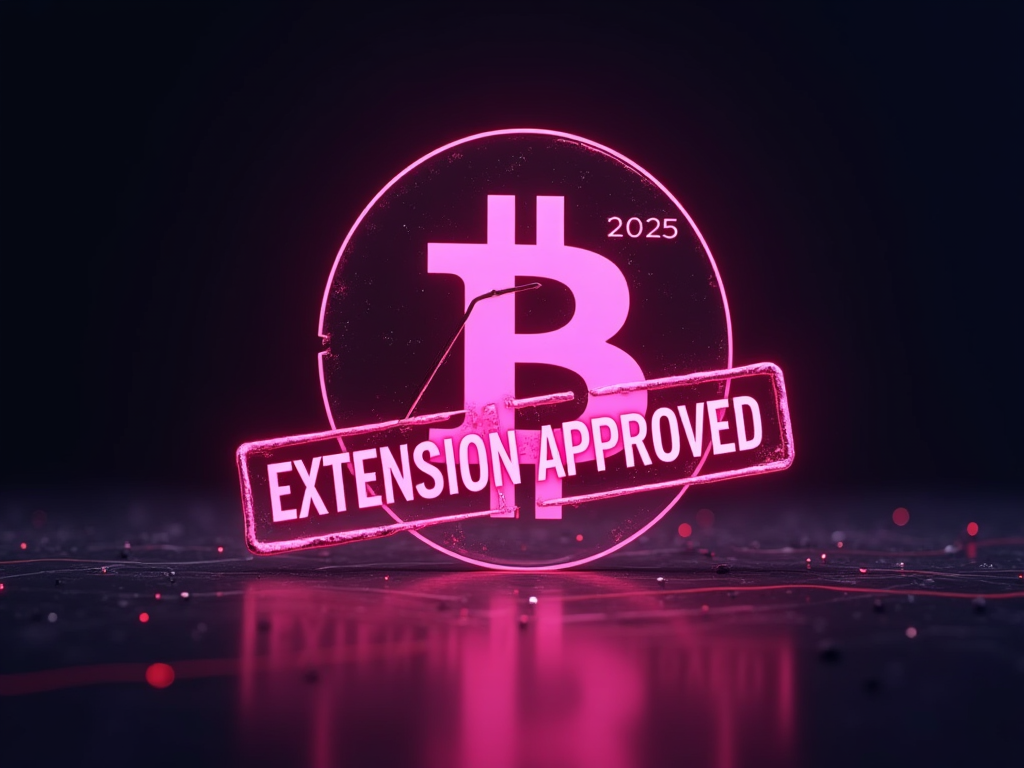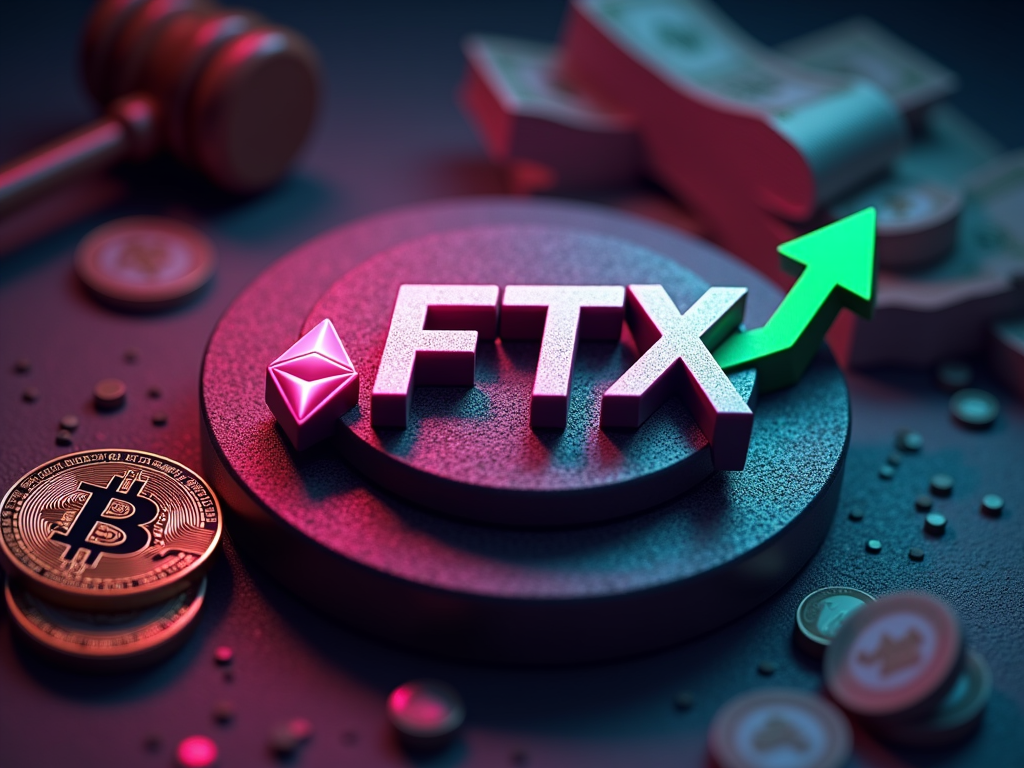Key Points:
- Senator Bill Hagerty introduces comprehensive legislation to establish a clear regulatory framework for stablecoin issuers, aiming to unlock the technology’s potential and enhance financial transactions.
- The bill proposes a tiered regulatory approach with a $10 billion threshold for federal regulation, allowing smaller issuers to remain under state oversight, and designates specific federal regulators for larger issuers.
Senator Bill Hagerty (R-TN) has released a discussion draft of the “Clarity for Payment Stablecoins Act of 2024.” This comprehensive legislation aims to create a clear regulatory framework for stablecoin issuers, potentially revolutionizing the rapidly evolving digital asset sector.
Tiered Regulatory Approach and Federal Oversight
A key feature of Hagerty’s draft legislation is its tiered approach to regulation. Stablecoin issuers with less than $10 billion in total assets would be exempt from federal regulation, remaining under state oversight. This provision is designed to foster innovation among smaller players in the market while maintaining appropriate supervision.
For issuers exceeding the $10 billion threshold, the bill offers a potential pathway to remain under state regulation through a waiver system. However, larger issuers would generally fall under federal oversight, with the Federal Reserve supervising issuers that are depository institutions and the Office of the Comptroller of the Currency overseeing federally qualified nonbank issuers.
Reserve Requirements and Consumer Protection
The legislation mandates strict reserve requirements for stablecoin issuers. They must maintain reserves backing their stablecoins on at least a 1-to-1 basis, comprising highly liquid assets such as U.S. currency, demand deposits at insured institutions, and short-term Treasury securities. This measure aims to ensure the stability and reliability of stablecoins.
To enhance transparency, issuers would be required to publicly disclose their redemption policies, establish procedures for timely redemption, and publish monthly reports on the composition of their reserves.
State-Level Regulatory Option and International Reciprocity
In a nod to regulatory flexibility, the bill allows for a state-level regulatory regime for smaller issuers. Stablecoin issuers with a market capitalization of up to $10 billion can opt for state regulation if the state’s regulatory framework is substantially similar to the federal one.
The legislation also calls for the Federal Reserve and the Treasury Department to create reciprocal arrangements with overseas jurisdictions that have similar regulatory regimes. This provision aims to facilitate international transactions and improve interoperability with U.S. dollar-denominated stablecoins issued abroad.
Moratorium on Endogenously Collateralized Stablecoins
The bill includes a two-year moratorium on the issuance of new endogenously collateralized stablecoins, which are digital assets that rely on the value of another digital asset created by the same issuer to maintain a fixed price. This pause is coupled with a mandate for the Treasury Department to conduct a comprehensive study on these types of stablecoins.
Industry Impact and Next Steps
Senator Hagerty emphasized the potential of stablecoins to enhance transaction and payment systems, as well as create new demand for U.S. Treasuries. This aspect of the bill could have significant implications for addressing the nation’s deficit, potentially aligning cryptocurrency innovation with broader economic goals.
As the cryptocurrency market continues to evolve, Hagerty’s proposed legislation represents a significant step towards establishing a clear regulatory environment for stablecoins in the United States. The bill’s emphasis on balancing innovation with consumer protection and financial stability is likely to spark further discussion among industry stakeholders, regulators, and lawmakers in the coming months.
The draft legislation now awaits further scrutiny and potential modifications as it moves through the legislative process. Its progress will be closely watched by both the crypto industry and traditional financial institutions as they navigate the rapidly changing landscape of digital assets and financial technology.













